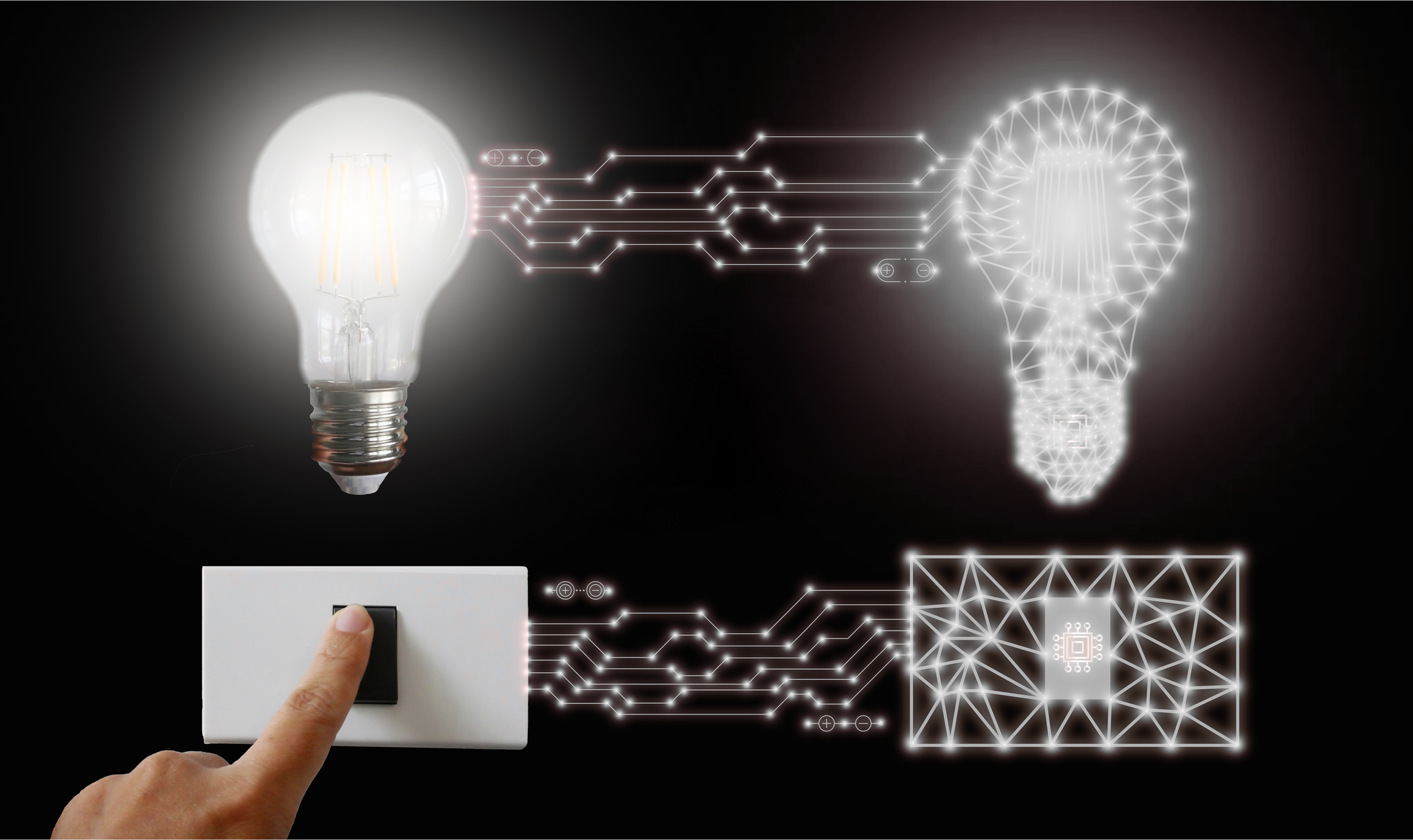What is a Digital Twin?
A Digital Twin is a virtual representation of a physical object or system, replicating its characteristics, behaviors, and functionalities in a digital space.
These sophisticated virtual models provide a real-time view and analysis of the physical counterpart, allowing for proactive monitoring, simulation, and decision-making.
Digital Twins developed by Keyfive are hosted within a secure cloud environment for maximum protection and efficiency. They are designed to effortlessly connect with operational and business systems and harness AI and machine learning to optimize operations.
Importance and Benefits
By providing a digital representation that mirrors physical assets or systems, digital twins play a crucial role in enhancing productivity, efficiency, and decision-making. Benefits of digital twins include but are not limited to:
Real-Time Monitoring and Analysis
Predictive Maintenance
Improved Efficiency and Optimization
Design and Development Testing
Remote Monitoring and Control
Reduced Costs and Downtime
Data-Driven Decision Making
Asset Lifecycle Management
Training and Simulation
Advanced Technology Integration
Industry Use Cases
Digital Twins bridge the gap between the physical and digital realms, revolutionizing industries by unlocking unprecedented insights and capabilities. At Keyfive, we specialize in developing digital twin solutions tailored to meet the diverse needs of any industry.
Energy: Record and reduce the environmental footprint of commercial and industrial assets.
Manufacturing: Monitor and simulate production lines to improve efficiency, reduce downtime, and enhance predictive maintenance.
Healthcare: Control systems and assets within medical facilities to ensure operational resilience and efficiency.
Agriculture: Optimize farm operations, monitor crops and livestock, and predict environmental impacts on agricultural productivity.
Environmental Management: Model and predict environmental changes, assess impacts of activity on ecosystems, and aid in sustainable management of natural resources.
Infrastructure and Construction: Design projects, monitor progress, and improve lifecycle management of structures.
Automotive: Drive product development and simulation and enhance predictive maintenance for vehicles.
Retail and Supply Chain: Optimize supply chains, manage inventory, and simulate in-store layouts to improve shopping experiences.
Aerospace and Defense: Access insights for design, maintenance, and operations and simulate training or defense practices.
Urban Planning and Smart Cities: Create more efficient and sustainable living spaces by simulating city layouts.
Telecommunications: Optimize network planning, management, and rollout of complex technologies like 5G.


